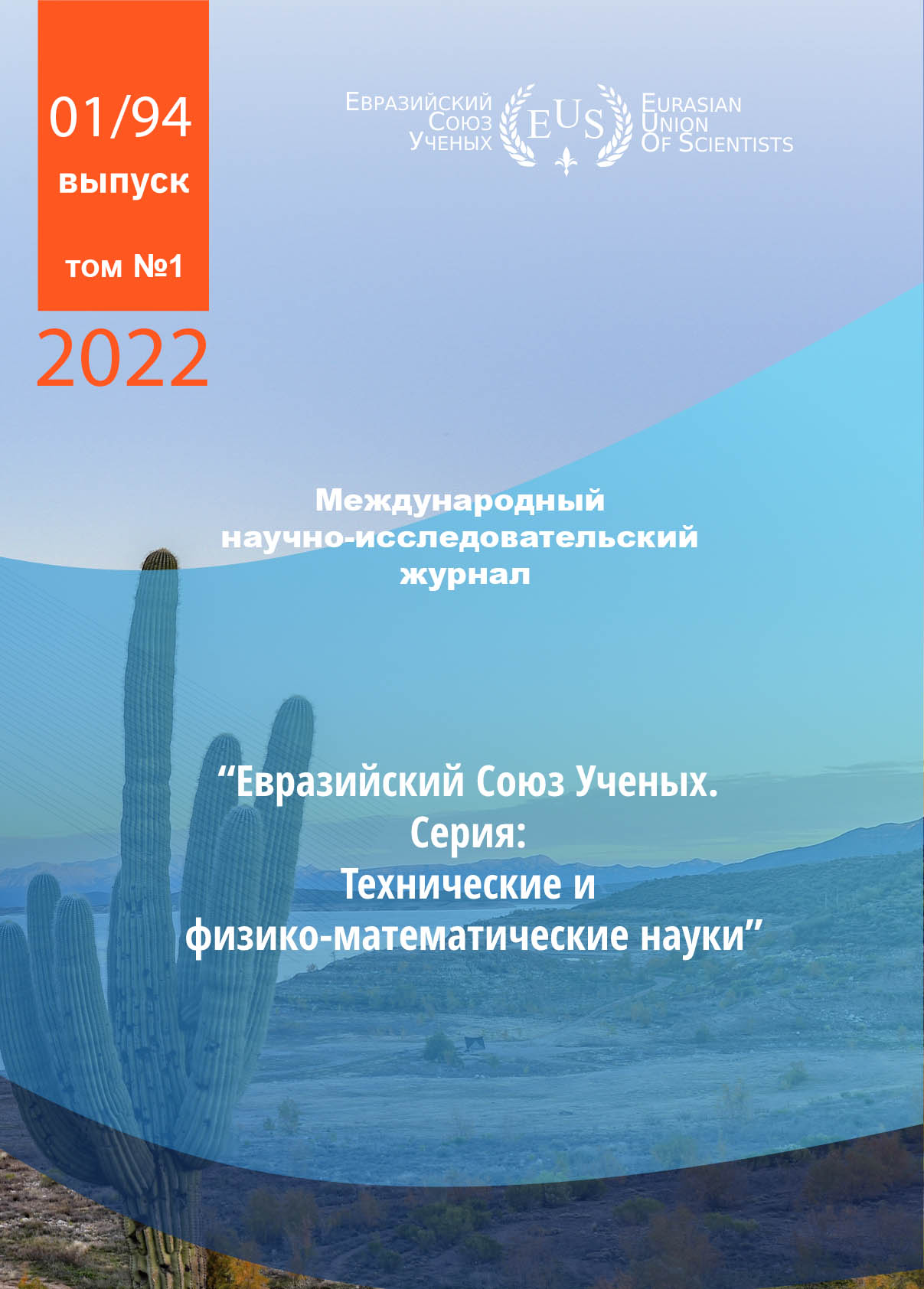STRING THEORY – THE THEORY OF EVERYTHING
Abstract
In attempts to create a unified theory of the structure of the material world of the Universe, three directions
can be distinguished today: the Einstein approach, quantum theory and string theory. Although each of the
directions to some extent use each other's theoretical developments, they nevertheless differ greatly in the initial
assumptions in mathematical constructions. At the same time, the truth of such assumptions as the curvature of the
space-time continuum, the pointedness of elementary particles, the existence of strings or m-dimensional branes
causes some doubt. In this article, the author proceeds from the structural organization of elementary particles,
which is justified in a number of works, which allows to pave the way to understanding the structure of the material
world on the basis of slightly modified results of string theory
References
2.Mitio Kaku. Vvedenie v teoriju superstrun / per. s angl. G.Je. Arutjunova, A.D. Popova, S.V. Chudova; pod red. I. Ja. Aref'evoj. // M.: Mir, 1999. — 624 s. Evrazijskij Sojuz Uchenyh. Serija: tehnicheskie i fiziko-matematicheskie nauki. # 1(94), 2022 41
3.Vladimirov Ju.S. Sistemy otscheta v teorii gravitacii. // M.: Jenergoizdat, 1982 – 256 s.
4.Krechet V. G. Pjatimernaja geometricheskaja model' gravitacionnyh i jelektroslabyh vzaimodejstvij//Gravitacija i kosmologija. 1999. T. 5. № 4
5.Devis P. Supersila: Poiski edinoj teorii prirody. // M.: 1989 -266 s.
6.O.G. Verin Dinamika vakuuma i solitonnaja teorija jelementarnyh chastic. // M.: RT-Press, 2002 - 102 s.
7.Zhuzha M. M. Jefirodinamika: ot jelementarnyh chastic do vihrevoj modeli atoma: Monografija // Krasnodar, 2017 - 139 s.
8.Kanarjov F.M. Nachala fizhimii mikromira. 8-e izdanie. // Krasnodar, 2007 - 750 s.
CC BY-ND
A work licensed in this way allows the following:
1. The freedom to use and perform the work: The licensee must be allowed to make any use, private or public, of the work.
2. The freedom to study the work and apply the information: The licensee must be allowed to examine the work and to use the knowledge gained from the work in any way. The license may not, for example, restrict "reverse engineering."
2. The freedom to redistribute copies: Copies may be sold, swapped or given away for free, in the same form as the original.





